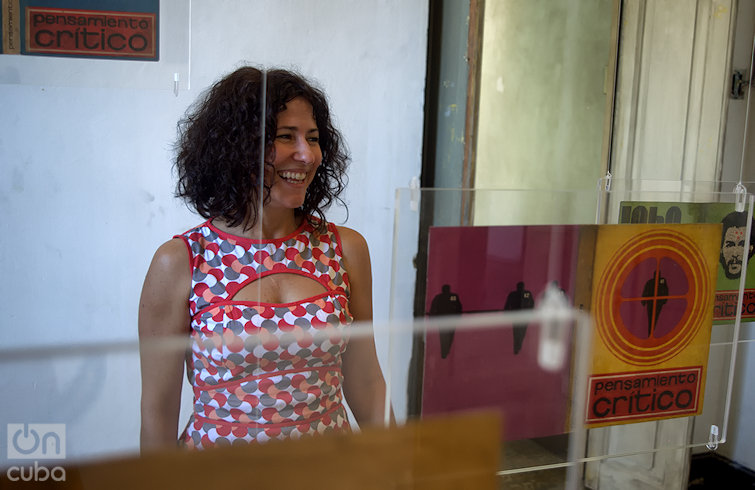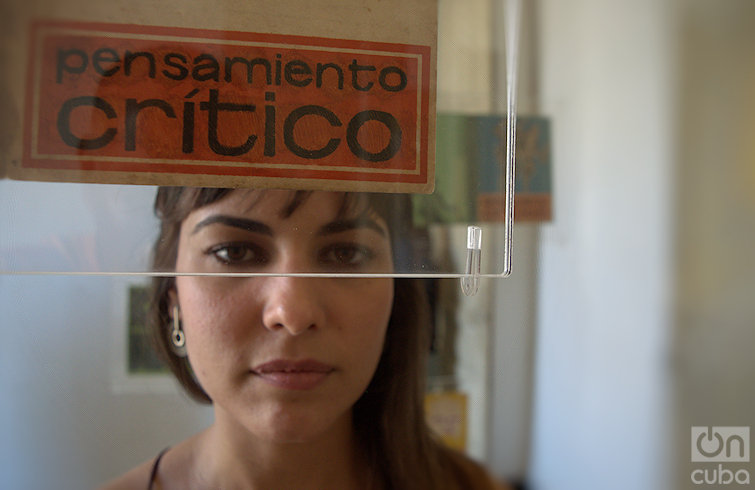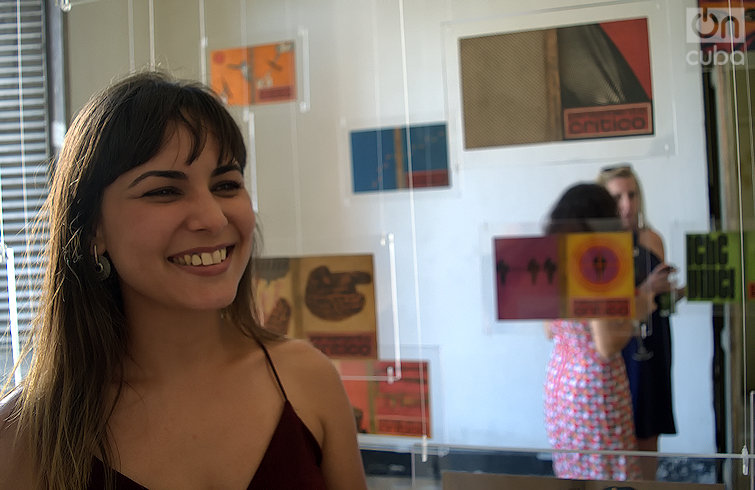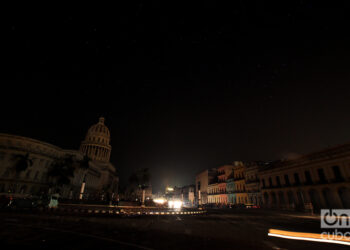For two decades Sarah Saunders has maintained a special link with Cuba, based on her taste for one of the island’s iconic products: cigars.
In 2012 this British chef founded the Women’s International Cigar Club (WiCC) to give a different perspective in a traditionally male circuit.
“For me, smoking cigars is above all a pleasure,” she says to OnCuba, “and I’m interested in women having the opportunity of enjoying that pleasure and also going beyond, discovering the cigar industry. That’s why I founded the club.”
Until now her idea is running smoothly. The club already has around 500 members and hopes to continue growing. For almost six years it has been present in the United Kingdom, Cuba, Italy, Croatia, and has others on its agenda for the next months.
Weeks ago, Sarah celebrated the fifth anniversary of the club during the 20th Habano Festival. As is to be imagined, women were the majority during the celebration.

“Most of the official participants in the Habano Festivals are men, but I know many women linked to making and consuming cigars. There are women involved in this world in and outside Cuba; they need more visibility, to get to know each other. Our meetings help that happen,” she affirms.
However, neither the club nor its events are excluding: they don’t keep their doors closed to men nor do they only concentrate on the smoking ritual.
“It is true that in many countries it is not usual to see women smoking cigars, but doing so has nothing to do with the act of smoking in itself,” Sarah affirms. “It is an opportunity to bring persons together, for them to experience music, food, art. It’s not only about cigars: for me the cigars are a link to include more persons in the knowledge of the culture.”

With the intention of continuing to break ways of thinking, the founder of WiCC came up with a different celebration. Together with Cuban curator Sachie Hernández she organized a tasting – of dishes, works of art, of hand-rolled and non-brand cigars – in Arsenal Habana, the studio of artist Sandra Pérez in an old building of Old Havana.
There, with live music, typical Cuban cocktails, and culinary creations by Sarah herself and, of course, good cigars, the participants were able to appreciate the work of young Cuban women artists.

“I’m interested in having persons smoke cigars in Cuba as part of a more complete experience, in having them get to know the real Cuba through cigars,” says the British chef.
“This union of young women artists with women smokers is something totally different to what is usually done during the Habano Festival. The Festival concentrates on the commercial part, on the sales, on the brands, but the world of cigars is much more than that and I like for people to enjoy and discover new things,” she adds.
In Arsenal Habana

Arsenal Habana is located at 51 Cárdenas Street, on the corner of Corrales. Its history, says Sachie Hernández, is very recent. Its genesis was a collective project organized for the 2015 Havana Biennial, which took over the building and interacted with the neighbors, but it wasn’t until two years later that it crystallized into what it is today: a space for art “totally open for the neighborhood.”
Although the studio belongs to Sandra Pérez, it also aims to be a platform for other artists. That’s why several of its rooms have displays of works by Ernesto García Sánchez and in others, on a second floor, this March the creations of women artists participating in the WiCC event have been on display.
“Sarah wanted to organize the event in a context of art, of culture,” Sachie comments to OnCuba, “to demonstrate that Havana is much more than the stereotyped vision of cigars and rum. That’s why it seemed like a good idea to establish a connection with artists who have a very interesting work, for women smokers to celebrate their anniversary in contact with a quality Cuban art, which makes no commercial concessions, and which in addition is made by women.
“When doing it, we also aimed to give visibility to these women artists, young graduates from the Higher Art Institute whose work speaks of the value of Cuban artistic education and of women’s empowerment, in a very Havanan space, very Cuban.”
Sachie summoned creators like Dania González, Arianna Contino, Adislen Reyes and Sandra Pérez herself, who defend an art that is “more conceptual than formal.” The exhibit was organized in a space of Arsenal Habana that still hasn’t been finished but was readied for the Habano Festival.
Mari Claudia García, another of the summoned artists, thinks that the combination proposed by the celebration of the WiCC, music included, was symptomatic, renovating.
“I believe that the mixing of artists with women who smoke cigars breaks with the stereotypes of what is socially assumed a woman must be because we are already in the 21st century,” she said to OnCuba.
Mari Claudia is also celebrating the possibility of showing her work together with other Cuban women creators and being able to do it in “an unconventional space that maintains a natural style far from the traditional white cube shape of the galleries.”
In Arsenal Habana the young artist exhibited “Saturno devorando a su hijo,” a work previously shown in La Acacia Gallery, whose title plays with the Greek-Latin mythology and is born from a research on the political-social magazine Pensamiento Crítico, created in Cuba in 1967 and closed in 1971.

“It caught my attention how a creation of the very system could become at some point a conflictive element for it and to be devoured, omitted; thus the title,” the artist explains about her work.
“What I did was to destroy all the cover’s texts, the magazine’s title, and then restore them just like paper is restored, with a restoration method that reintegrates the paper with pulp and then restituting the color. It is a detail that many spectators do not perceive, because the restoration was rather genuine put it’s the idea: trying to destroy but later rescuing that value that on a symbolic level has to do with the title.”

Like Sachie and Mari Claudia, Sarah Saunders feels very satisfied with what was displayed in Arsenal Habana.
“I’m proud of what we did and of being able to back these women artists, who are a great example of the collective intelligence of young women,” she affirms.
“This is my first exhibition but it surely won’t be the last. I have felt like at home and I would like to have the opportunity to organize more events of this type, with more women artists, and to be able to help the young ones to have better opportunities.”









